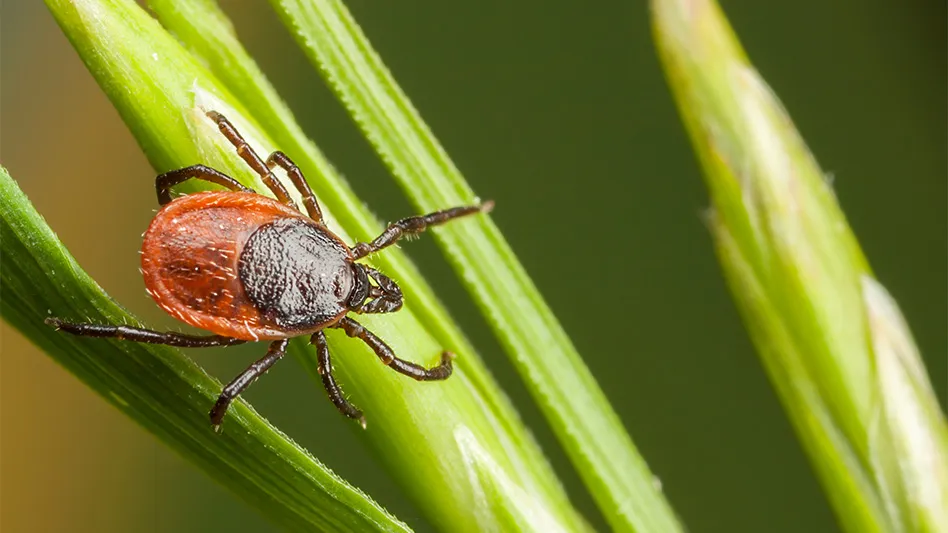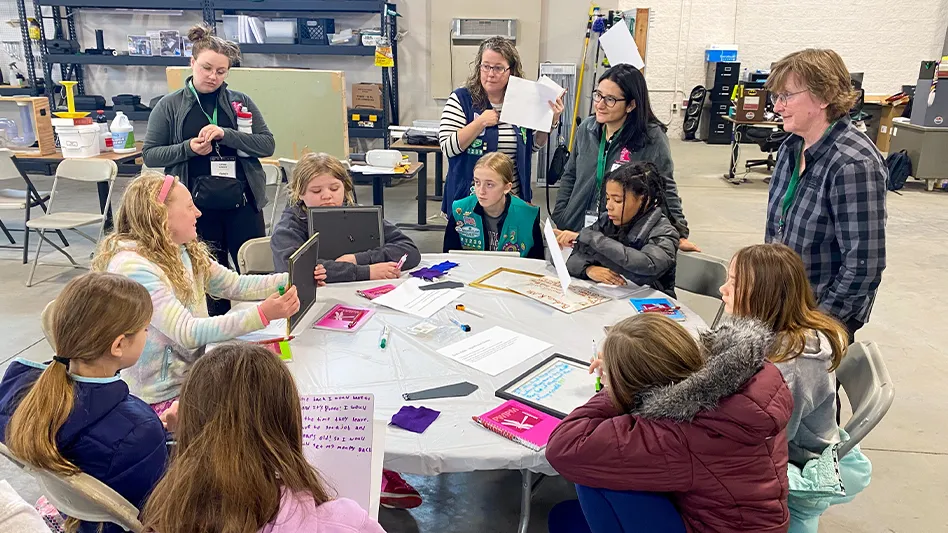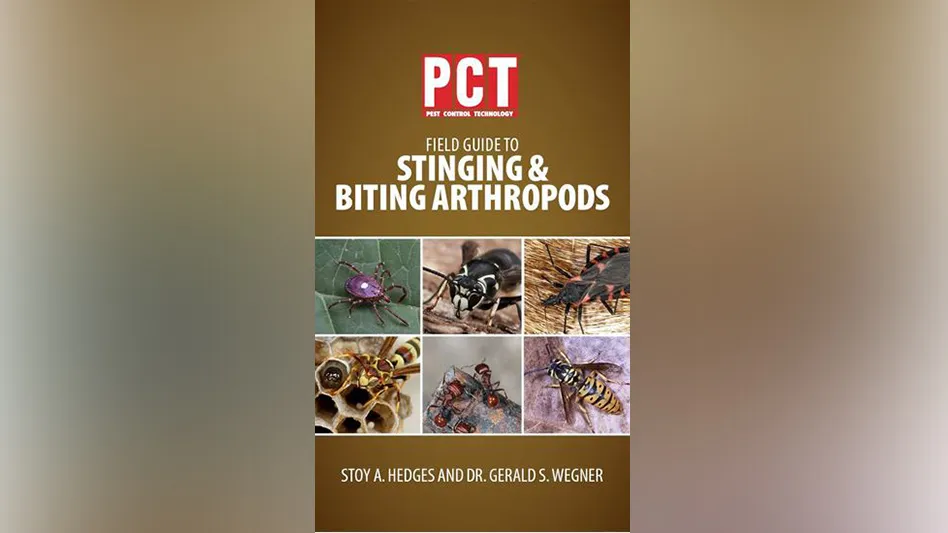I have long held the opinion that Yellow Page directory advertising sales representatives should be issued ski masks and Uzi submachine guns instead of rate cards and marketing information. Most ad sales people actually try to sell you something in the way of time or space. Not directory reps. They walk in for their annual pillage session and raise your prices and explain exactly how little control you have over your advertising. Then they smile and tell you to "Have a nice day" and off they go! They drive me crazy!
That having been said, I must now in all humility add if ever a medium has been designed with our industry in mind, it’s Yellow Page directory advertising. The sales representatives know this and they make it almost impossible for you to not advertise in these directories.
Ours is a need-based business. People seldom leap out of bed in the morning and immediately affirm their desire to go out and purchase our services. I wish it happened that way but it doesn’t. Someone sees ants trailing along a kitchen counter. Or, someone sees a swarm of termites. Or, someone sees a roach or a mouse. The fantasy of what happens next is that they grab their telephone directory, slam it down on the invading creature and it opens right to our ad!
OK, not really. What usually happens is a decision is made, based on a real or perceived need, that a pest service is needed. Someone, usually the adult female, opens the Yellow Pages to the "Pest Control" heading and starts looking. Here’s where it gets complicated.
WHICH BOOK TO USE? First, let’s discuss the different directories that are out there. The primary directory is usually what we call a "utility book." It is published by a subsidiary of the actual telephone company franchised to your community. The major publishers are the so-called "Baby Bells" like NYNEX, Bell-Atlantic, BellSouth, Southwestern Bell, Pacific Telephone, Sprint, GTE and other local companies. There are often secondary directories in communities published by Chambers of Commerce, newspaper publishers or other advertising entrepreneurs. While circulation and ad rate information will vary, and should be taken with a few grains of salt, the utility books are generally more aggressively marketed and generally experience a higher degree of usage than do the secondary books. There are exceptions, but usually, the utility books are a better investment.
Next, let’s explore placement. When it comes to Yellow Page advertising, size matters. Larger ads are placed closer to the front of the heading. If the directory takes full-page ads, then they will be at the beginning of the heading, followed by ¾-page ads, ½-page ads, ¼-page ads, etc. There are "in column" ads that are placed alphabetically in the columns with all of the listings under the "Pest Control" heading (or the "Lawn Maintenance" or "Lawn Care headings"). You can put a trademark or logo in your "in column" ads, which adds value because it helps people find you.
A new concept called "loyalty placement" involves how long you’ve been in the directory and how long you’ve been at a specific size. This moves you closer to the front of the group of ads that are the same size as yours. It’s complicated, but I’m skeptical about this premise.
The directory people tell you that people open to the heading and start looking at ads. This implies that they make decisions based on size of ads. This, of course, is designed to convince you that you should increase the size of your ad, to add color to your ad, etc. I’m guessing that’s only partly true. There’s research indicating that at least half of all people who use directories are looking for a name they already know. This translates to the proposition that size doesn’t matter while awareness of your name does!
Creatively, your ad should reflect your overall advertising strategy. If Yellow Page advertising is pretty much your entire strategy, then make sure your name and phone number are especially visible. Also, make sure the one or two things you feel differentiates your business from others are spelled out as simply as possible. "Evening and Weekend Service Available" or "All Technicians State Certified" are examples of this. You can cram a great deal of information into a ¼-page ad, but don’t make your ad so cluttered as to confuse the person. I think you should make your company’s phone number the last thing the reader sees because customers are looking for your phone number. Also, don’t waste time with pictures of trucks or people unless they connect with other forms of advertising you use. They take up space and are irrelevant to your message or placement. Finally, remember that you only place this advertising one time each year. Make sure your information will hold up for that period of time.
OTHER AD IDEAS. Strategically, some operators use other forms of advertising to drive consumers to their Yellow Page directory ad. Outdoor advertising, featuring your logo or trademark, or television advertising where your logo is prominently displayed, are especially useful in driving consumers to your ad in the Yellow Pages. Since Yellow Page advertising is inherently visual in nature, other visual media are excellent ways to brand your name and logo so that when the need strikes, a person will see your Yellow Page ad and remember seeing your name someplace else.
It should be clear that in our culture, we are trained from a very early age to go for the Yellow Pages as soon as we have an unanticipated need. This is why plumbers, personal injury lawyers, insurance companies and yes, pest control operators, as well as other service providers, rely so heavily on this form of advertising. And while I may grouse about it, our company understands this truism and depends significantly on Yellow Page advertising as an integral part of our overall strategy.
But please don’t tell our directory reps!
The author is vice president of marketing/public relations for Massey Services Inc., Maitland, Fla. He can be reached via e-mail at bbrewer@pctonline.com or 407/645-2500.

Explore the June 2000 Issue
Check out more from this issue and find you next story to read.
Latest from Pest Control Technology
- Viking Pest Control Organizes a Charity Bike Build for Local Families
- Gaining Control of Structure-Infesting Carpenter Ants
- Big Blue Bug’s Brian Goldman Receives Rhode Island Small Business Person of the Year Award
- UF Researchers Examine How Much Bait it Takes to Eliminate a Subterranean Termite Colony
- Women in Pest Control Group Continues to Grow, Provide Opportunities in the Industry
- NPMA Announces Results of 2024-2025 Board of Directors Election
- Massey Services Acquires Orange Environmental Services
- Hawx Pest Control Wins Bronze Stevie Award for Sustainability





